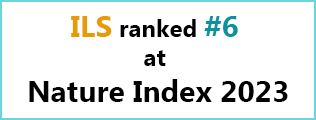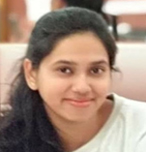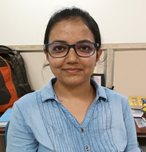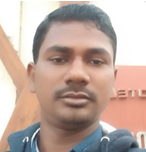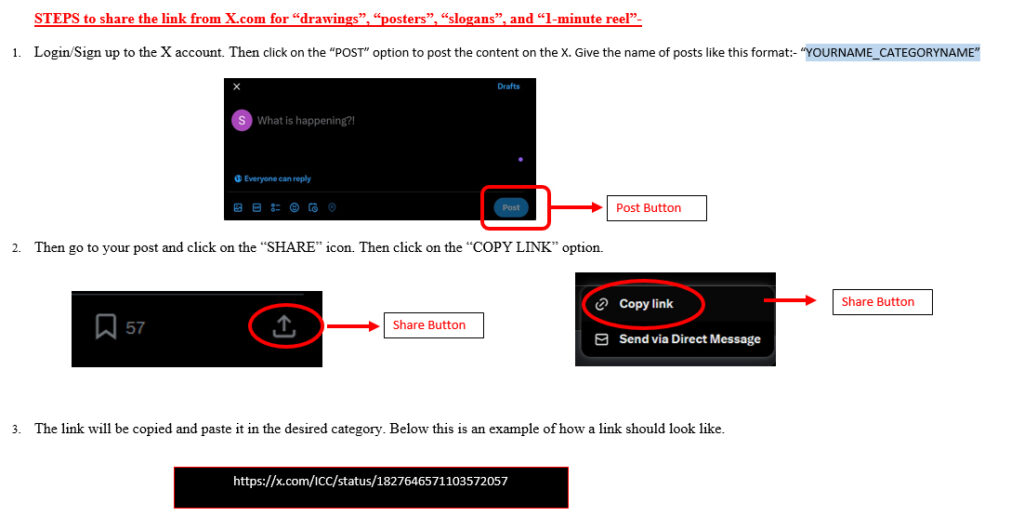Academics
| Degree | University/Institution |
|---|---|
| Research Teaching Specialist | Molecular Genetics Microbiology and Immunology, University of Medicine and Dentistry of New Jersey, Piscataway, NJ, 08854 |
| Post Doctoral Fellow | Department of Immunology, American Red Cross, Rockville, MD20855. |
| Doctor of Philosophy (Medical Biochemistry- Biotechnology) | Department of Biotechnology, Central Leather Research Institute, Madras, India. |
| Master of Philosophy | Department of Endocrinology, PGIBMS, Taramani, University of Madras, Madras, India. |
| Master of Science | JIPMER, Pondicherry, India |
Work Experience
| Position | University/Organisation | Period |
|---|---|---|
| Scientist-D | Institute of Life Sciences, Bhubaneswar | From August, 2007 |
Awards & Recognition
Research
| Details |
|---|
T cells and the Immune Response T helper cell AICD modulates the Immune response The immune system organizes defence against pathogens through finely tuned innate and adaptive arms that have intricate and regimented positive and negative feedback loops. T cells come under the adaptive immune response arm and antigen presentation to these cells causes them to proliferate, produce cytokines and counter pathogen(s). Multiple factors including the presence of pathogen associated products, cytokine combinations and or their altered levels influence preferential development of antigen specific cytotoxic or helper T cells but the exact mechanisms are still being studied. It is of significance that biased T cell activation is crucial in countering infectious agents, both intra and extra cellular, that is encountered during a life time. Interestingly differentially activated T cell subsets have completely contrasting effects on the immune system and are mutually counterproductive in disease conditions when the opposite subset is required. The presence of unwanted T cell subsets have been noted in chronic diseases such as Arthritis, Asthma, AIDS, Tuberculosis and helminth infections and their persistence have been hallmarks of poor prognosis. Recent studies have shown that pathogen associated products and or loss in immune regulation seem to drive the unwanted T cell subset. Subsequently for therapeutic interventions it is critically important to remove the unwanted T cell subset and re establish the preferred T cell. To that end we will use the balance of pro and anti apoptotic proteins that are differentially regulated by cytokines and target them to attempt manipulation of the immune responses. Novel T Helper subset promotes Immune Responses through GM-CSF T helper cells are critical in maintaining immune responses but have an undefined relationship with GM-CSF, one of the most potent immune stimulatory cytokines. By depleting major cytokines during CD4+ T cells differentiation in vitro, we obtained a novel subset of T helper cells (ThGM), that produced significantly higher amounts of GM-CSF than other T helper subsets. Interestingly, ThGM cells through GM-CSF, helped cytokine production by Th1, Th2, Tc1, Tc2 and nave T cells. DC differentiation with GM-CSF alone up regulated DC-SIGN significantly while anti-GM-CSF antibody supplementation abolished the cytokine augmentation properties of ThGM cells. Furthermore, ThGM cells are prone to AICD and express elevated levels of pro-apoptotic proteins, such Bid and Bim. Inhibitors of FasL, TRAIL, caspase 8 or granzymes could not inhibit AICD in ThGM cells. Thus, ThGM cells are a novel T helper population that produces GM-CSF, exhibits high susceptibility to apoptosis, and could play an important role in regulating immune responses. Cytotoxic T cell AICD could bias Immune Response through IL-10 Cytotoxic T cells can be differentiated into type 1 (Tc1) and type 2 (Tc2) as their T helper counterparts. Interestingly, TCR-ICD mechanisms reveal that CD95L mediates cell death in Tc1 cells while Tc2 cells require TRAIL, Bim and caspases. Inhibiting TRAIL binding in wild type mice and Tc2 cells from TRAIL KO mice displayed altered Tc2 death while pan caspase inhibitors blocked AICD in both Tc1 and Tc2 subsets. Rescued Tc2 cells from Wild type or Tc2 TRAIL KO mice secreted significantly higher amounts of IL-10 along with IL-4 and IL-5 while Tc1 cells produced IFN- and TNF-. Interestingly chronic activation of T cells resulted in IL-10 secreting CD8 cells that dominate through FasL mediated killing of CD4 cells while CD8 T cell differentiated in the presence of IL-10 upregulated Serine Protease Inhibitors- 6 and 2A. We conclude that pathogens could alter the immune response by affecting TCR-ICD of cytotoxic T cells through IL-10 and by affecting TCR-ICD. |
Publications
| Details |
|---|
T cells and the Immune Response Publication List:
Book Publication:
Lab in focus: https://fluidigm.my.salesforce.com/sfc/p/#700000009DAw/a/4u0000019mFH/qMX9wkPK9Vr9iC1O4eYZwpZ4BSiNL6SO9Zd1CFAyPlU |
Group
| Details | ||||||||||
|---|---|---|---|---|---|---|---|---|---|---|
Alumni:
|
Grants
| Details | ||||||||
|---|---|---|---|---|---|---|---|---|
T cells and the Immune Response
|
Contacts
| Address | Fax | Office | |
|---|---|---|---|
| satdevs@ils.res.in | Nalco Square, Bhubaneswar-751023, India | 0091 674 2300701 |

